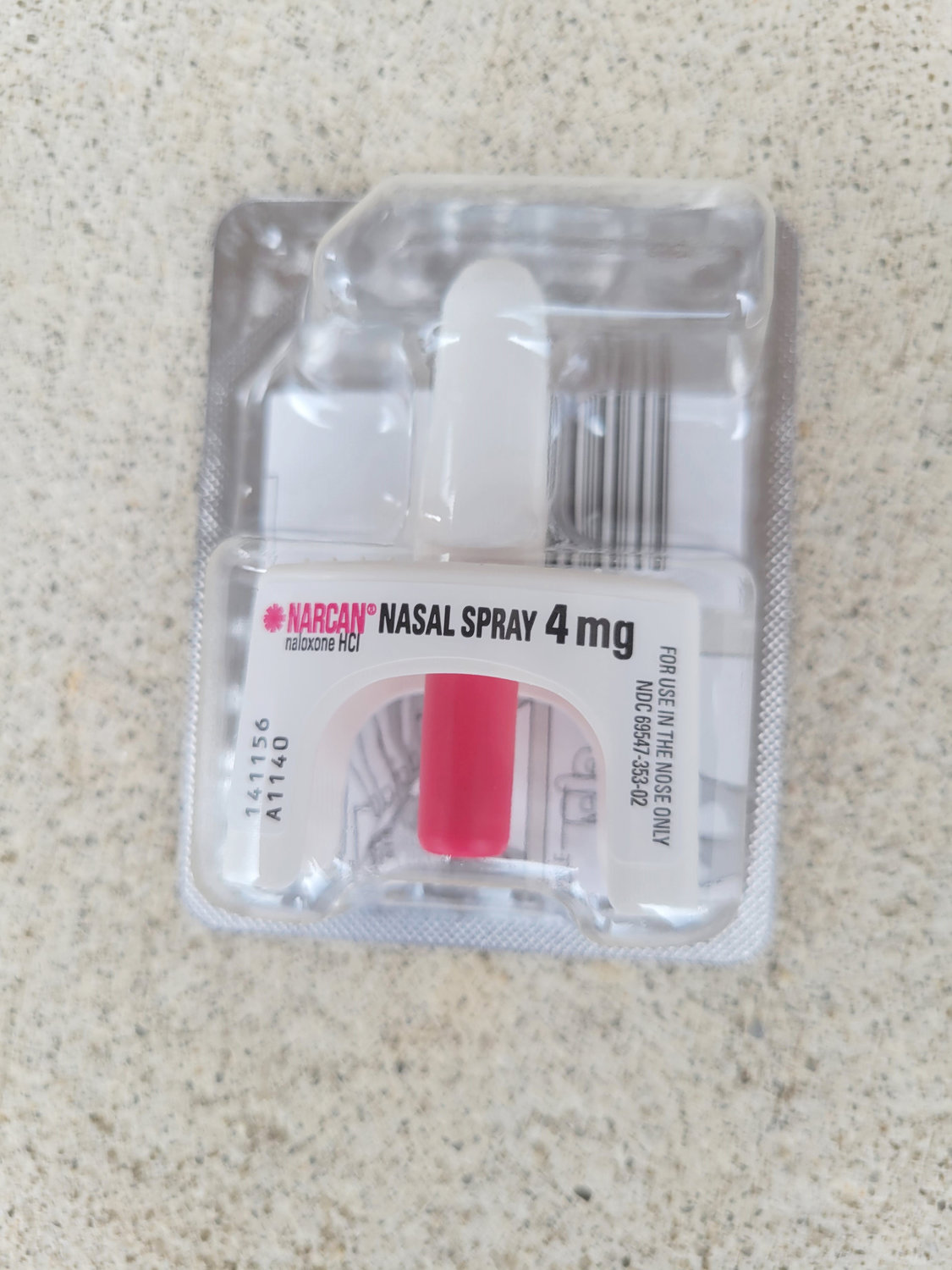Delaware officials blame ‘designer Xanax’ mixture for overdose spike
Outbreak last month doubled volume in Kent, Sussex counties
Bromazolam is a synthetic benzodiazepine never approved for use in the United States.
But, according to health officials, it has made its way into Delaware’s illicit opioid supply and is the reason for the spate of overdoses in Kent and Sussex counties first discovered in late April.

You must be a member to read this story.
Join our family of readers for as little as $5 per month and support local, unbiased journalism.
Already a member? Log in to continue. Otherwise, follow the link below to join.
Please log in to continue |
Delaware officials blame ‘designer Xanax’ mixture for overdose spike
Outbreak last month doubled volume in Kent, Sussex counties
DOVER — Bromazolam is a synthetic benzodiazepine never approved for use in the United States.
But, according to health officials, it has made its way into Delaware’s illicit opioid supply and is the reason for the spate of overdoses in Kent and Sussex counties first discovered in late April.
“The surge ... was a spike in overdoses, peaking at approximately twice the normal volume of overdoses per day,” said Brent Waninger, director of the state’s Overdose Response Center. “The spike was the result of an unknown (at the time) change in the drug supply. The spike lasted approximately two weeks.”
The department’s most recent numbers, released May 9, counted 148 suspected overdoses in Sussex, with another 90 in Kent, and 11 suspected fatalities across both counties.
“As we identify new/emerging substances in Delaware’s drug supply, we research and aim to provide the most relevant information to our treatment providers and outreach workers throughout the state,” Mr. Waninger said.
The presence of bromazolam in Delaware was confirmed in May, he added, and bordering states have also reported its presence. It is also known as “benzo-dope” and “designer Xanax,” and may be found in street products like “Xanax bars,” according to officials.
The Delaware Division of Public Health explained that the drug exhibits potent sedative, hypnotic and antianxiety effects that get more potent with a mixture of opioids, increasing the risk of overdose, hospitalization and machine-assisted breathing.
As was the case elsewhere, in Delaware, the bromazolam was mixed with the opioids fentanyl and xylazine, a tranquilizer used on horses and other large mammals, Mr. Waninger said.
“Opioids continue to cause significant problems in our community. (Emergency medical services are) working to care for patients with effects of overdose and to offer options for entry into ongoing treatment,” said Dr. Robert Rosenbaum, the division’s director of emergency medical services and preparedness. “While this episode was short in duration, the chronic issue of patients with substance use disorder continues, and EMS will work to address this problem.”
The antidote naloxone — also known by its brand name, “Narcan” — is still the first line of treatment in the case of a possible overdose, even if a mixture of substances is suspected, he continued.
“Narcan helps to restore breathing and needs to be the first priority on patients with overdose,” he said.
And that is the only response a person who administers the treatment should be looking for.
“They do not need to wake up, be alert or talking — just breathing. Narcan nasal spray is administered one spray in one nostril. Wait three to five minutes for the medication to start working and continue rescue breaths and/or CPR,” Mr. Waninger said.
“If they don’t begin breathing after a couple doses of naloxone, there are likely other factors at play and a higher level of medical care is needed immediately.”
That’s why the first thing to do upon finding a person unresponsive due to suspected overdose is to call 911, he said.
In addition, even with the spike earlier this year, Mr. Waninger said numbers remain favorable in terms of total overdoses in Delaware for 2024 so far.
“Overall, the state continues to flatten the curve of overdoses. We saw a small decrease in overdose deaths 2023 vs. 2022,” he said. “We do not expect that this spike event would change that direction.”


 By
By 



